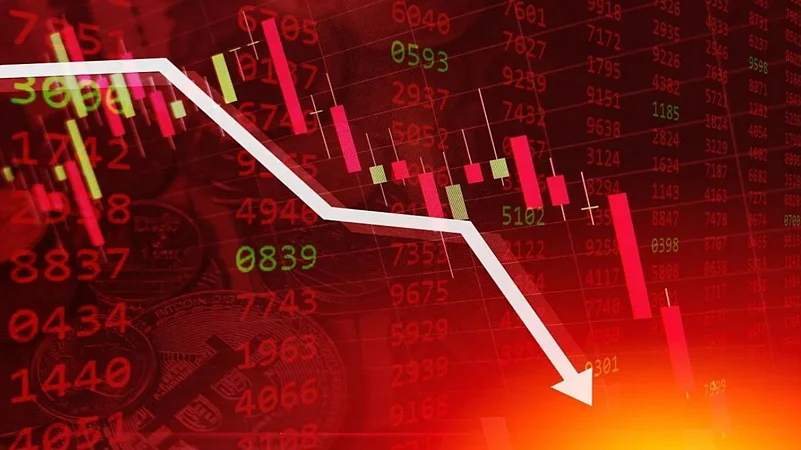The domestic equity market continues to be under pressure, small caps more so, as investors remain cautious amid a host of domestic and global cues. On Tuesday, February 11, the BSE Sensex crashed 1,018.20 points, or 1.32 per cent, to finish at 76,293.60. Likewise, the NSE Nifty 50 plunged 309.80 points, or 1.32 per cent, to end at 23,071.80. The selling was more intense in the small and mid-cap segment, with Nifty Smallcap 100 falling 3.45 per cent and Nifty Midcap 100 plunging 3.02 per cent.
On a year-to-date (YTD) basis, both the benchmark indices – Sensex and Nifty – have slipped 2.36 per cent and 2.42 per cent, respectively. Meanwhile, the Nifty Smallcap 100 index has declined over 14 per cent YTD.
Why Is The Rout Deeper In Smallcaps?
According to Vinod Nair, Head of Research, Geojit Financial Services, “The ongoing uncertainty surrounding US trade policies and tariffs, coupled with domestic economic growth concerns and persistent selling by FIIs, is dampening market sentiment. The mid and small-cap stocks experienced significant declines due to demand concerns and higher valuations.”
Ankit Garg, CEO, Wealthy Nivesh, says, “Small and mid-cap are witnessing what is known as the ‘mean reversion’ phenomenon. The segment was trading at 30-40 per cent premium to their long-term valuations. Since then these premiums have come down to 20-25 per cent."
29 Out of 30 Smallcap Mutual Funds Deliver Negative Returns Over 3 Months
Data from Tickertape, a platform that provides insights on Indian stocks, mutual funds, ETFs, and indices, reveals that 29 of the 30 small-cap mutual fund schemes recorded negative returns over the last three months. The 30th scheme, which was launched only last month, does not yet have valid three-month return data.
The worst-performing fund was Tata Small Cap Fund, which posted a negative return of 14.5 per cent, followed by Mahindra Manulife Small Cap Fund, Aditya Birla SL Small Cap Fund, and Bank of India Small Cap Fund – all three giving negative returns in the range 12 to 14 per cent.
What Should Mutual Fund Investors Do?
According to Garg, small-caps still are too expensive for exposure if the investment horizon is less than five years, particularly for those planning to make lump-sum investments.
Says he, “At such valuations it makes sense to take staggered exposure with a clarity of at least five years horizon. Any lumpsum money should either go to large caps or hybrid allocation.”
Garg suggests that investors with limited or no exposure to small and mid-cap stocks can use the current volatile phase to gradually build their allocation in this high-risk, high-return segment, though they should do so cautiously. He points out that the biggest challenge in investing in small and mid-caps is evaluating the quality of corporate governance.
However, this challenge can be mitigated by investing through mutual funds, as these funds are managed by professional teams with the experience and expertise to analyse such companies, he suggests. “They can provide less volatile and more prudent exposure to this segment,” he adds.
“While in the long term, small and mid-caps bring the additional alpha to the portfolio, they also bring short-term volatility on the table. The recent historical returns have brought a sense of euphoria and have resulted in investors forgetting the inherent risk and volatility of small and mid-cap segment,” he notes.














